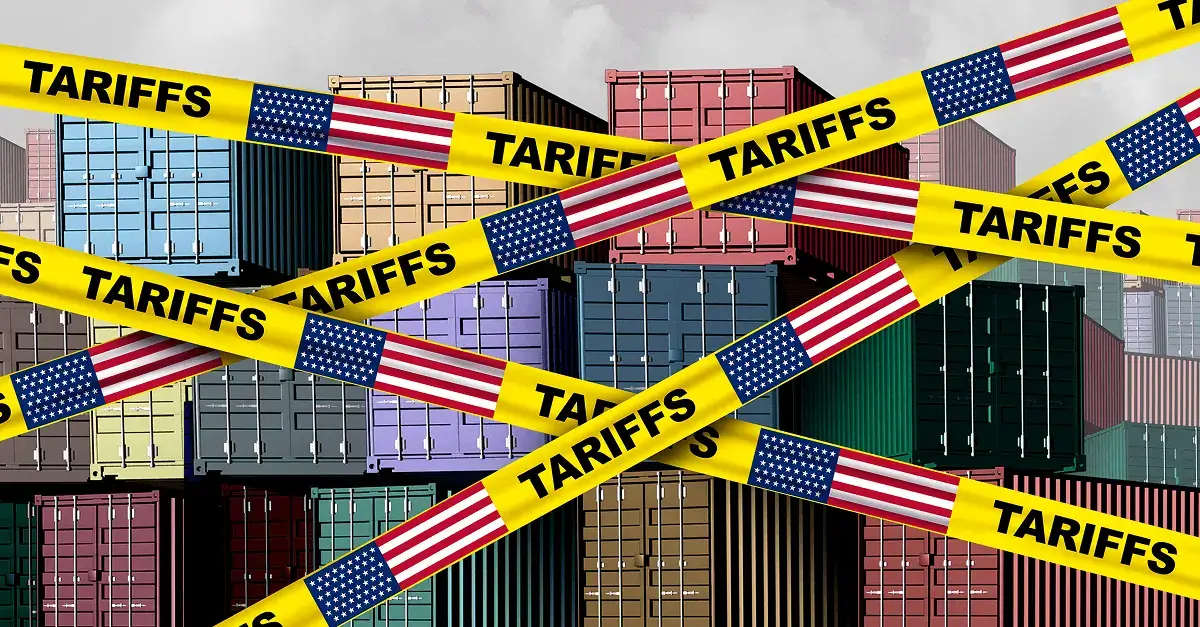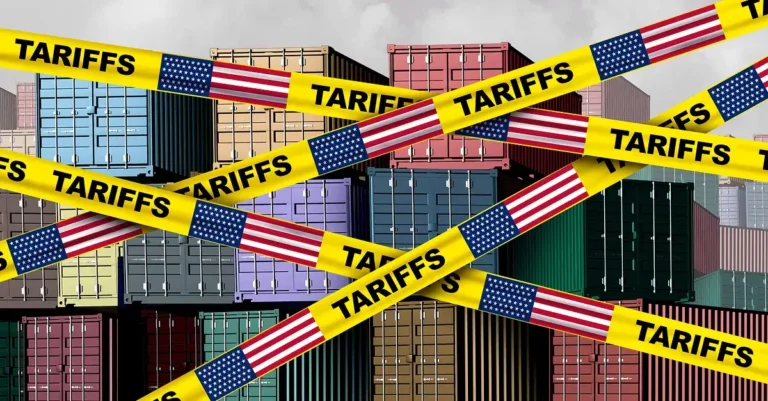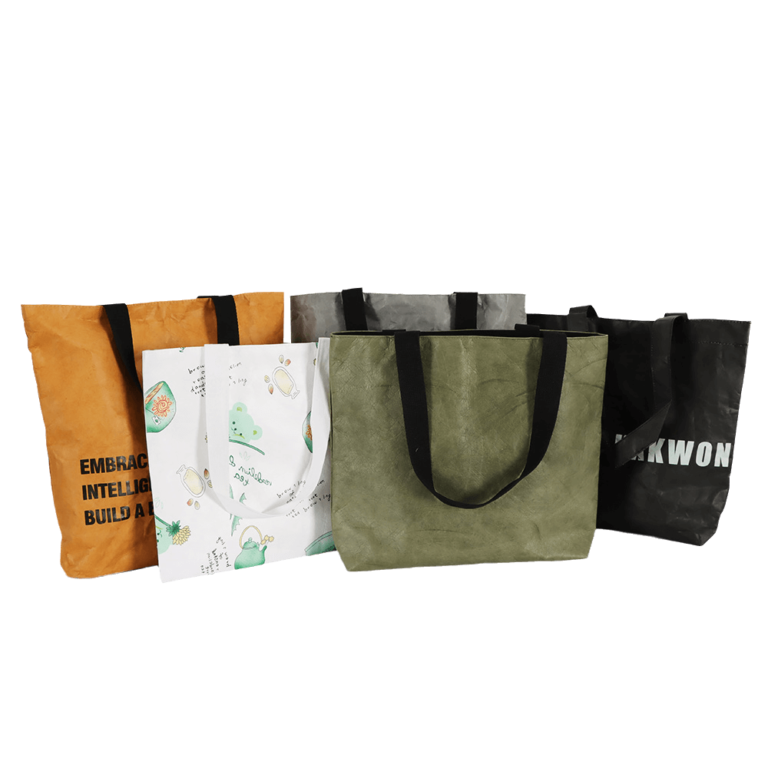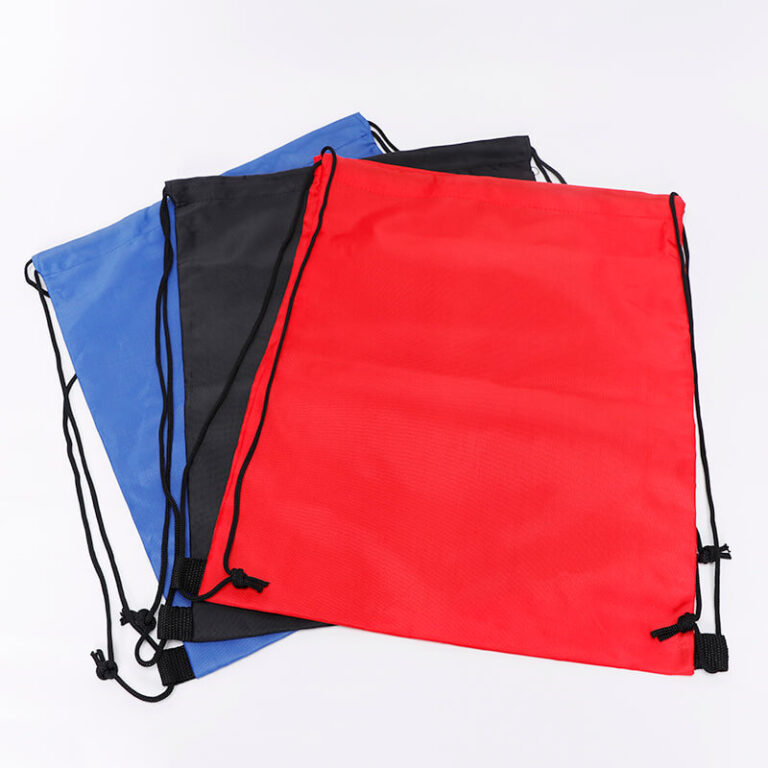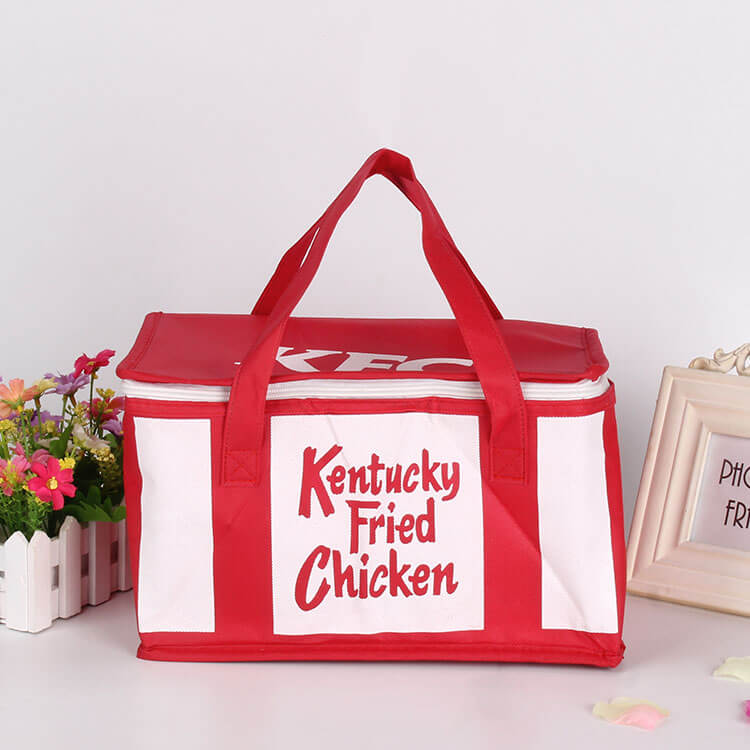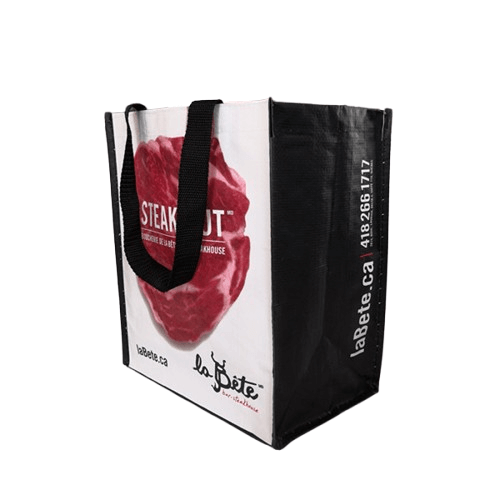Navigating the 2025 Global Tariff Crisis: Strategic Adaptations for Exporters in a Fractured Trade Era
–The 2025 Tariff Wars
The global trade landscape in April 2025 is dominated by three seismic shifts. The Biden administration’s latest 50% tariffs on Chinese electric vehicles and advanced semiconductors have pushed bilateral trade tensions to unprecedented levels, with USTR data revealing that 92% of cross-Pacific goods now face punitive duties. Simultaneously, the European Union has expanded its Carbon Border Adjustment Mechanism (CBAM) to cover lithium batteries and solar panels, imposing €45 per ton levies that threaten to upend renewable energy supply chains. Meanwhile, emerging economies like India and Mexico are weaponizing tariffs as industrial policy tools – India’s 30% duty on electronics components under “Make in India 2.0” has already diverted $12 billion in FDI to its tech parks.
Strategic Responses for Trade-Dependent Enterprises
Forward-thinking companies are adopting multi-layered approaches to mitigate tariff risks. Geopolitical supply chain diversification has evolved from contingency planning to operational necessity. Vietnam’s semiconductor packaging exports, for instance, grew 37% year-over-year by serving both Western and Chinese technology blocs, capitalizing on its neutrality in the tech cold war. Advanced classification engineering is another critical tactic: savvy exporters are redefining EV battery modules as “energy storage systems” under HS Code 8507 to bypass 50% duty thresholds, a strategy that saved German automakers €780 million in Q1 2025.
Technology is now the frontline defense against trade disruptions. Platforms like SAP Global Trade Services automatically synchronize tariff codes across 143 countries, while blockchain-based “smart contracts” have reduced customs disputes by 65% according to the WTO’s 2025 Digital Trade Report. Perhaps most crucially, businesses are leveraging new subsidy frameworks – early adopters of the EU’s Green Tech Incentive Program have offset up to 15% of CBAM compliance costs through sustainable production certifications.
The Road Ahead in 2025 Tariff Wars: Agility in the Age of Economic Statecraft
As the IMF warns that global tariffs will remain 30% above pre-2018 levels through 2027, survival hinges on proactive adaptation. Quarterly “tariff stress tests” are becoming standard practice for multinationals, with 72% of exporters now prioritizing geopolitical resilience over pure cost efficiency per Gartner’s 2025 Risk Management Survey. The rise of “trusted shoring” networks – exemplified by Mexico’s $582 billion trade surplus with the U.S. under USMCA rules – underscores the premium on regional partnerships. For SMEs, investing in AI-driven compliance tools like Descartes Customs Manager has proven essential, reducing classification errors by 80% while automating real-time duty calculations

